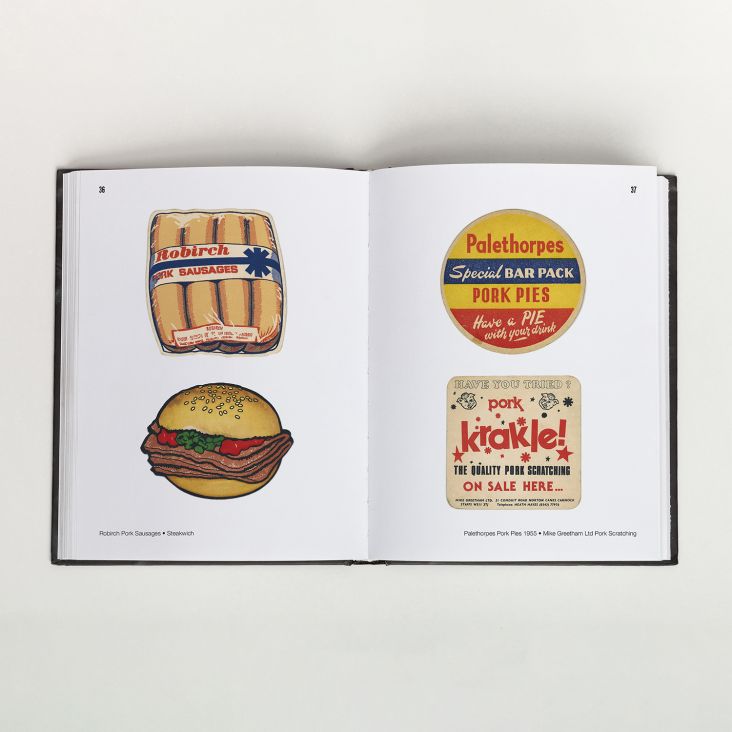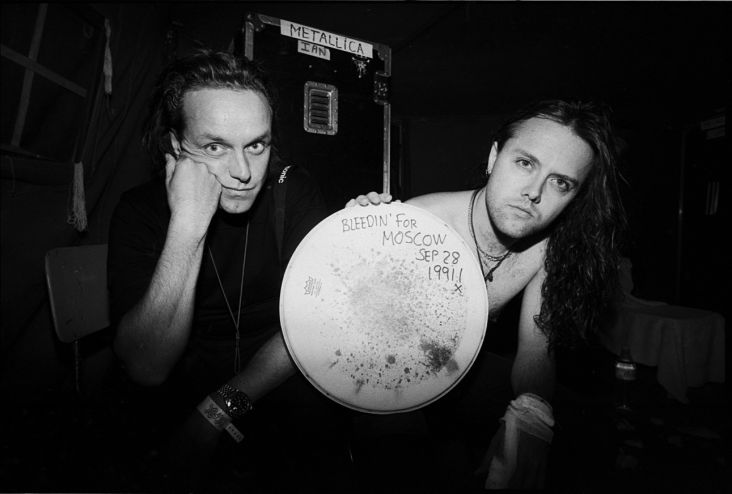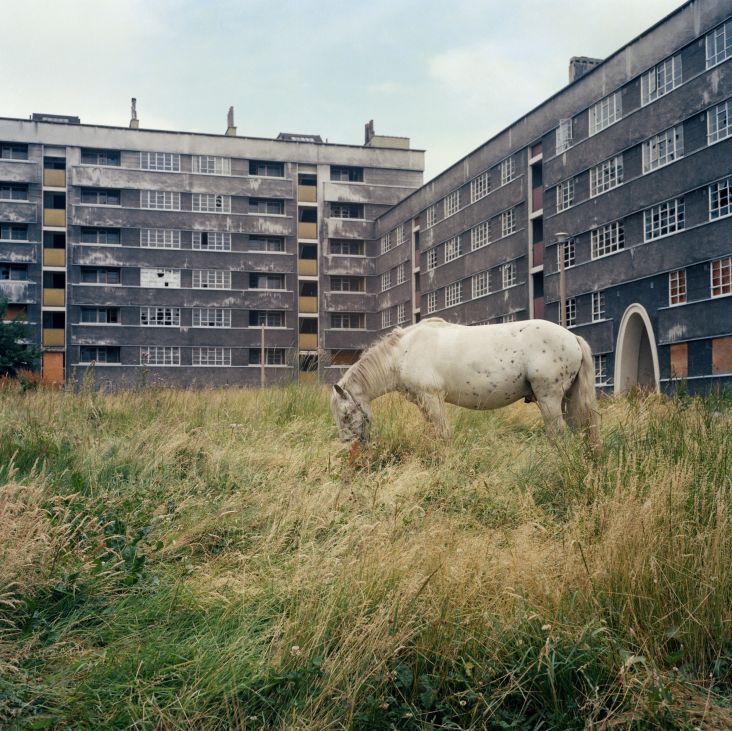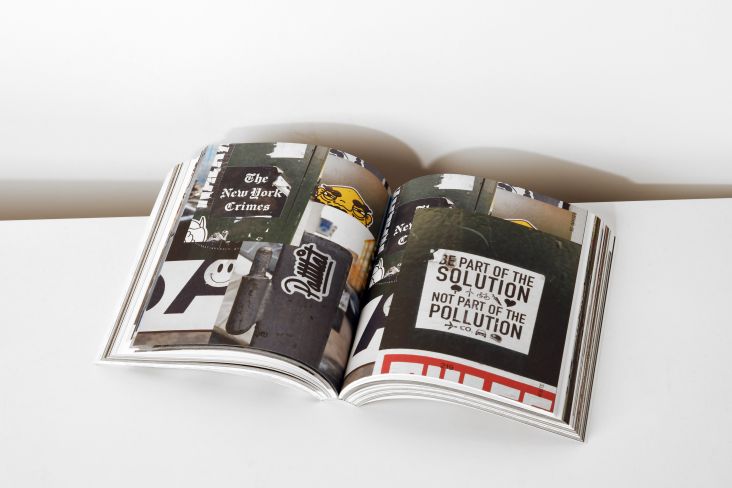Matteo Bologna of Mucca on the five books on type he wishes he'd read at the start of his career
With a celebrated career in architecture, graphic design, illustration, and typography, Matteo Bologna is behind one of the most respected design studios in the world, Mucca. And now we hear from the man himself of the five books that shaped him and his creative practice.

Matteo is renowned for his focused but fun-loving approach to design, one that has attracted the likes of Sephora, Barnes & Noble and Target, plus WeWork, Whole Foods, and the legendary Balthazar in New York City, amongst many others. As a former board member of AIGA NY and president emeritus of the Type Directors Club, he frequently lectures around the world about his passion for typography.
Here, we share some of his favourite reading materials, or as Matteo puts it, his "looking materials", as they focus mostly on the shape of letters. "I wish any of these books were available at the beginning of my career," he tells Creative Boom. "I would have become the 'amazing designer' I am right now way faster. I would probably have retired from the profession 20 years ago."
1. Type Tricks by Sofie Beier
This is the nerdiest book on designing letterforms that you can find. It appeared a couple of years ago in my Amazon suggestions. While I was expecting it to be shit, it's actually the bible of type design that we (type designers) were all waiting for. It includes advice on everything from drawing perfect Bezièr curves and how to space fonts to the difference in x-height between a bold font and its corresponding regular weight.
It's a pocketbook filled with all those important type design stratagems previously dispersed among hundreds of different books and websites. Perfect for type designers and lettering artists, or designers who want to brag about type at typography salons.
2. The Golden Secrets of Lettering by Martina Flor
Disguised as a great lettering manual, this book will also teach the basics of type design and the ins and outs of the professional freelancer. Written simply and entertainingly, the pages are filled with beautiful and clear hand-drawn diagrams to help the reader understand the author's ideas. It is perfect for lovers of lettering and type and freelance graphic professionals who want to improve their type knowledge (and we all need that).
3. Stop Stealing Sheep & Find Out How Type Works by Erik Spiekermann
This book is personally one of my all-time favourites on type. And it's written by one of the best minds in the graphic and type design business of the last decade, Erik Spiekermann. From founding Meta Design to creating FontShop, he is one of the designers whose super popular typefaces (FFMeta, FFOfficina) populated the surface of myriads of publications in the '80s and the '90s.
In a very accessible way, the book explores the semantic importance of type and its design while sprinkling a brilliant coat of humour within the writing and visual references. Perfect for all your friends that need to stop using shitty type and students of design and typography. Easy and often fun to read.
4. Stencil Type by Steven Heller and Louise Fili
These are three separate books, but I believe they should be purchased as a bundle. Each one showcases a diverse selection of type samples from the past whose only common denominator – besides their type classification (Scripts, Stencil or Slab) – is their beauty.
They're also the reason why we should stop lazily visiting Pinterest pages created by algorithms and go back to looking at collections made by real design experts with informed opinions whose only goal is to share their often insane and quirky passions with fellow designers.
At Mucca, we always use these books as references for any creative projects needing historical references. Perfect for designers, type designers, lettering artists, or whoever has a designer in their family and has no idea what to put under the holiday tree.
5. Typography for Lawyers by Matthew Butterick
I have no idea how I got to this book. Still, author Matthew Butterick, an attorney and Harvard-trained typographer (and font designer!), dispelled the myth that legal documents are incompatible with excellent typography. It may seem weird to add this publication as a part of my recommendations for design books. Still, here we can find an excellent introduction to typography for everyone using type, not just lawyers.
He also has a web book Practical Typography, not targeted to lawyers that I often use as a quick reference whenever I forget how to use 'em' dashes versus 'en' dashes or other type etiquette for print or web.
In certain states, you can only use Times New Roman. In other states, you can use other typefaces, and nobody knows. Lawyers still use shitty type. It's incredible that in a world where those professionals spend 90% of their time reading, the formatting of the documents is appalling. He helps layout why it's rubbish and how it can be improved, if legally possible.




 by Tüpokompanii](https://www.creativeboom.com/upload/articles/58/58684538770fb5b428dc1882f7a732f153500153_732.jpg)



 using <a href="https://www.ohnotype.co/fonts/obviously" target="_blank">Obviously</a> by Oh No Type Co., Art Director, Brand & Creative—Spotify](https://www.creativeboom.com/upload/articles/6e/6ed31eddc26fa563f213fc76d6993dab9231ffe4_732.jpg)








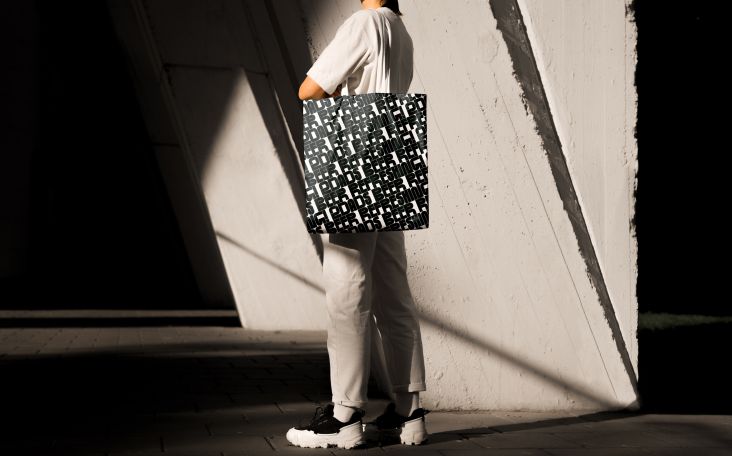
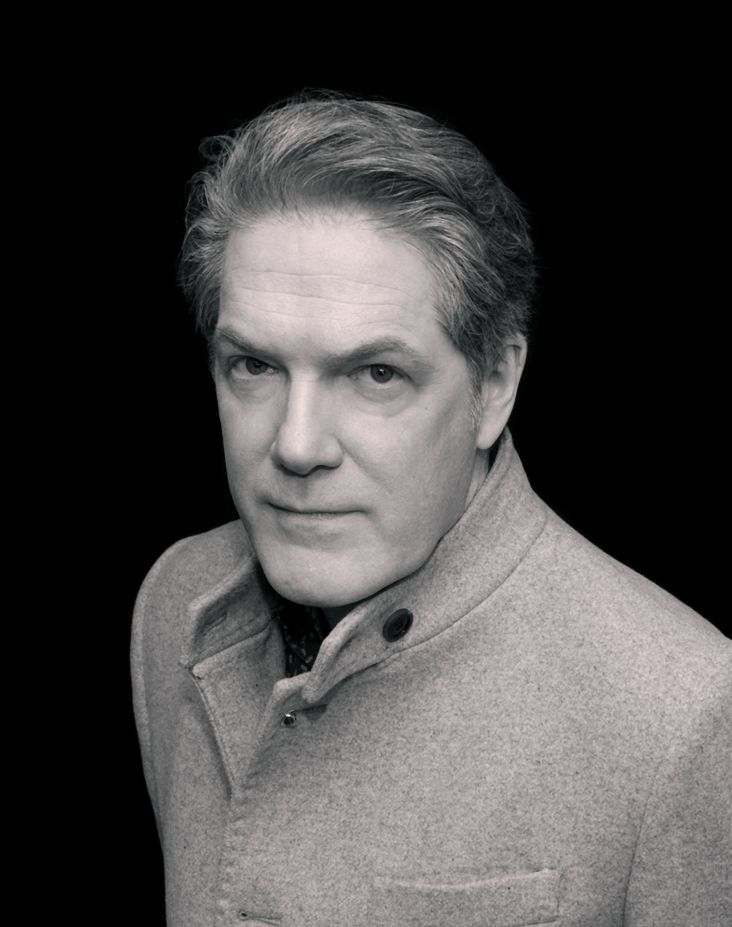
](https://www.creativeboom.com/upload/articles/3f/3f337d91601e25db1978cd1289f9d8def394c004_732.jpg)
